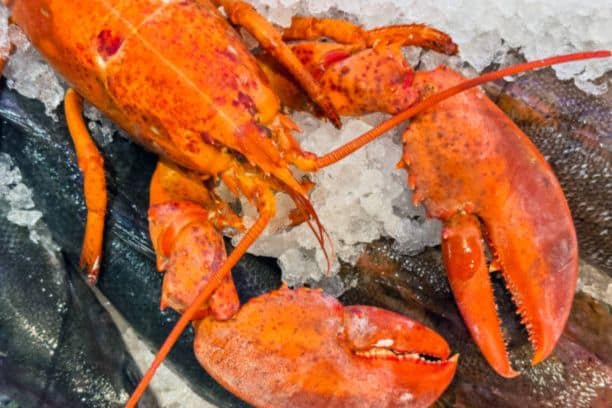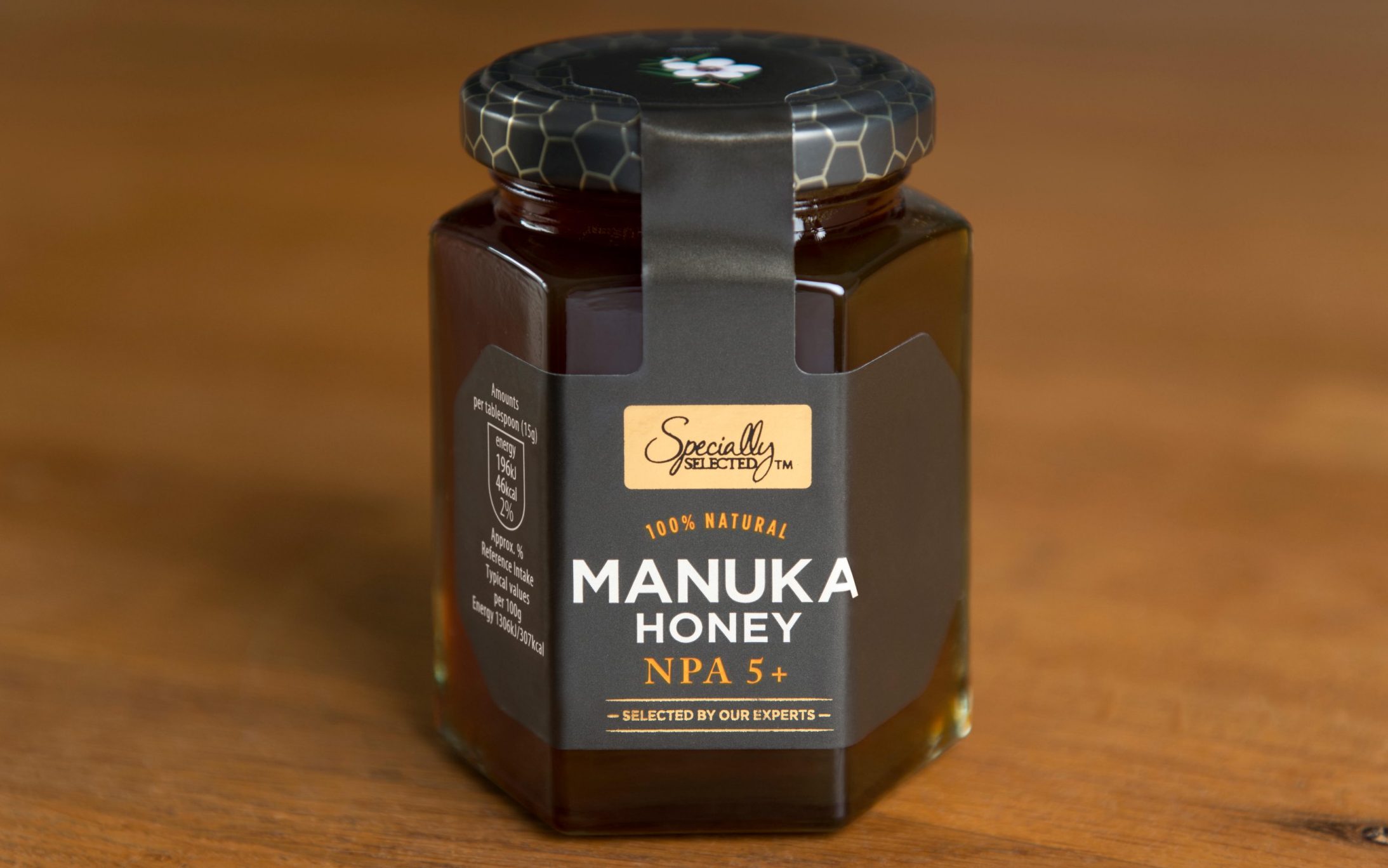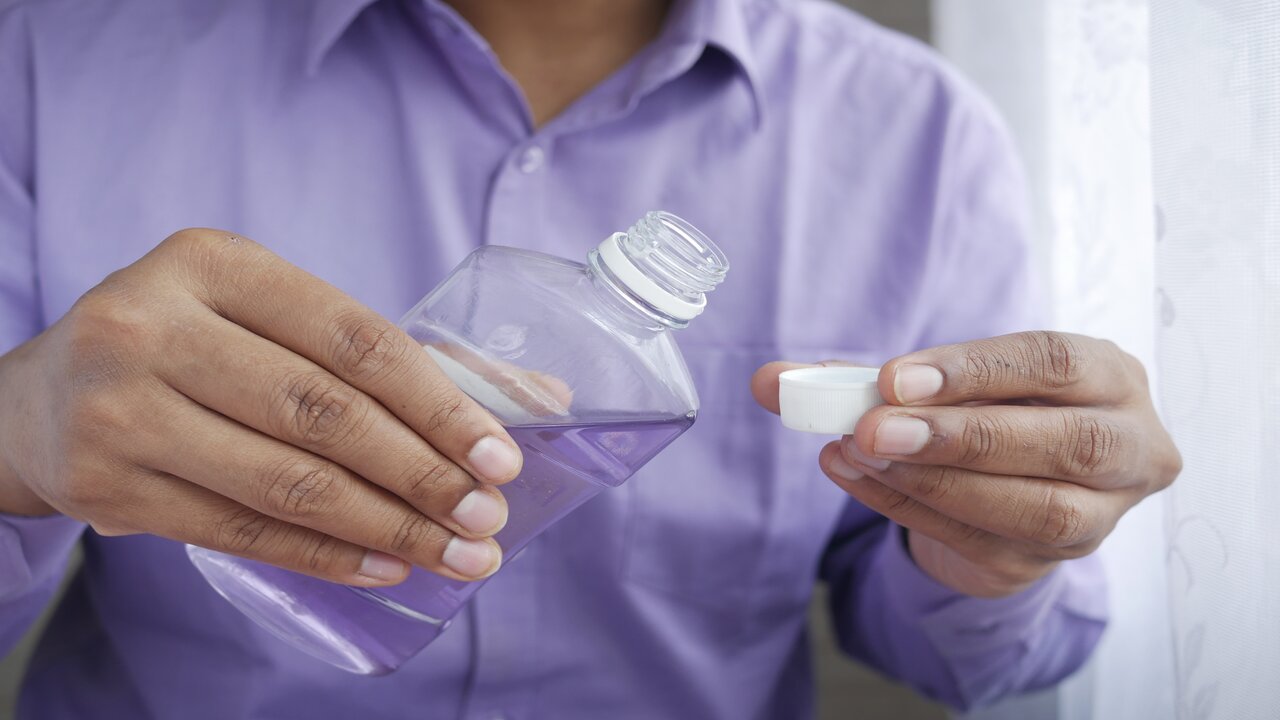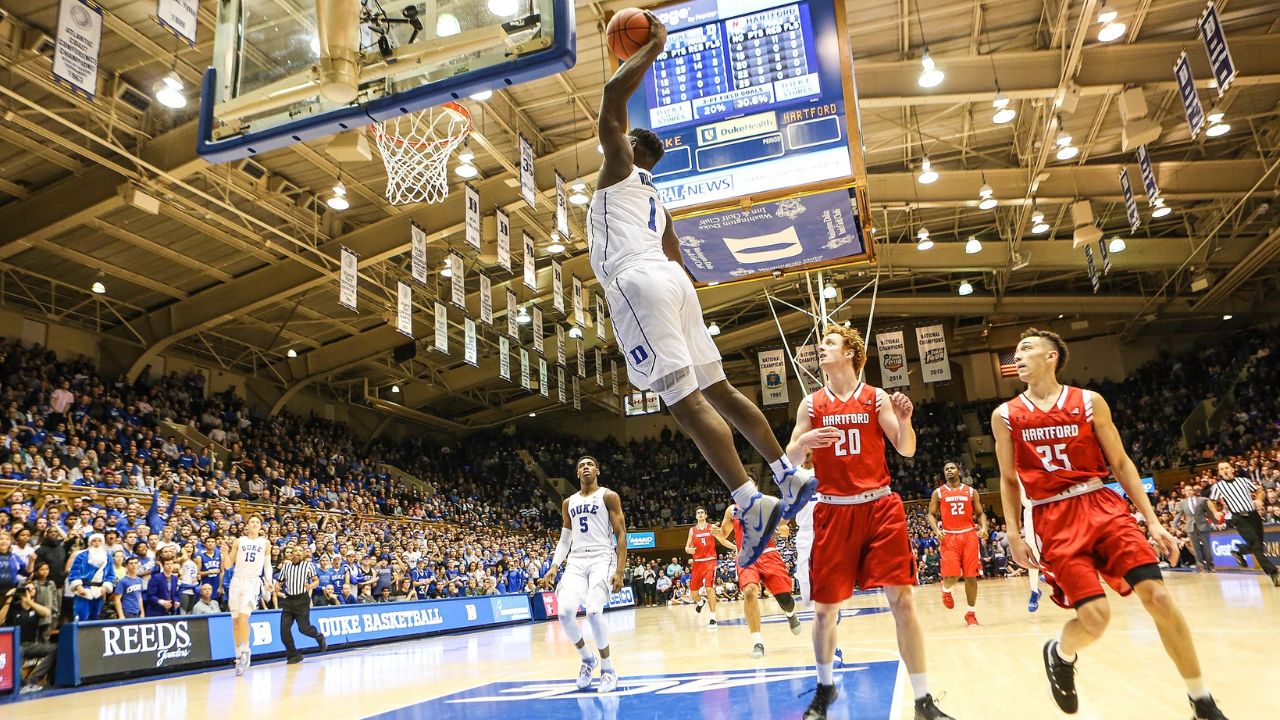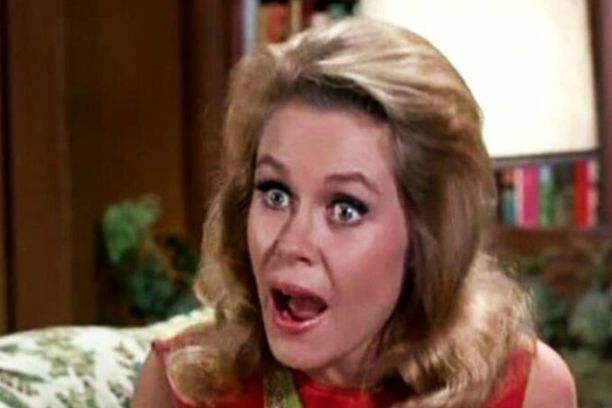Why is lobster expensive? It’s a question that puzzles many, especially considering this marine crustacean was once a cheap and abundant food source.
From over-harvesting to population decline, and now the labor-intensive processes to catch and transport these delicacies—there’s a lot that goes into that steep price tag.
So, what exactly has caused this dramatic shift from an everyday meal to a luxurious dining experience? Keep reading to unravel the economics and logistics behind the cost of lobster.
Table of contents
Why is lobster so expensive?
Lobster – the crown jewel of seafood! Ever wondered why this delicious crustacean makes your wallet cry? Let’s break it down in simple terms and get to the meat of the issue. Here are the top 10 reasons why lobster is so expensive:
Popularity Boom
Lobsters were once the “poor man’s protein,” easy to find for anyone living by the ocean. But as they got more popular, especially among the wealthy, the demand went through the roof. Think of it as a small local band suddenly becoming a global sensation; tickets aren’t cheap anymore!
Gotta Keep ’em Fresh
Lobsters need to stay cold, so they’re kept in special freezing tanks packed with ice. This isn’t just about keeping them fresh; it’s about keeping them alive. This makes the whole process pricier, from catching to serving.
Read: Why is Dragon Fruit So Expensive? Everything to Know
Catching is a Skill
Catching lobsters isn’t like pulling apples off a tree. It requires special boats, skilled fishermen, and unique equipment. This is especially true in colder waters, where lobsters are harder to find. More work equals higher costs.
Expensive Road Trip
Shipping live lobsters isn’t just about throwing them in a box and saying goodbye. The conditions need to be just right—correct temperature, humidity, and oxygen levels—or else the lobsters won’t survive the trip. And that costs money.
Some Don’t Make It
Not every lobster that starts the journey ends it in good shape. Some may die during transit despite all precautions. Since you still have to pay for these unfortunate losses, the ones that do make it carry a higher price tag.
Farming Isn’t an Option
You can farm salmon and shrimp, so why not lobsters? Turns out, lobsters are the divas of the seafood world. They eat a lot, grow slowly, and are susceptible to diseases. Plus, they might even eat each other if things aren’t just right. So, no farming means relying on natural catches, which are limited.
Seasonal Scarcity
Like your favorite seasonal latte, lobsters are easier to catch at certain times of the year. When they’re off-season, they’re harder to find, and the price goes up. It’s basic supply and demand.
Female Lobsters Get a Pass
Sometimes fishermen have to throw back lobsters they’ve caught, especially if they’re female and carrying eggs. This is good for the lobster population but bad for immediate supply and, therefore, drives the price up.
The Middlemen Need Their Cut
Lobsters go through many hands before reaching your plate: the fisherman, the distributor, and finally, the restaurant or grocery store. Each step adds a little more to the price. And let’s not forget, each of those steps needs special conditions to keep the lobster alive and fresh.
Specialized Equipment Costs
Last but not least, lobster catching requires specialized gear like tickle sticks, lobster nets, and gloves. All of this gear costs money, adding another layer to the already expensive price of lobsters.
So there you have it! The next time you wince at the price of that lobster dinner, you’ll know exactly why it costs so much. It’s not just a meal; it’s a whole adventure from the sea to your plate!
Also, read: Why is Fiji Water So Expensive? Top 10 Reasons
Is lobster richer than crab?
Lobster and crab are both luxurious seafood options, but when it comes to richness, many would argue that lobster takes the crown. Its meat is dense, chewy, and packs a strong, sweet flavor that is often described as “buttery” or “velvety.” When cooked in butter or a rich sauce, lobster’s richness is accentuated, offering a decadent eating experience.
Crab, on the other hand, has a lighter, flakier texture and a more delicate flavor. Its richness is subtler, leaning more towards a gentle sweetness than an overwhelming buttery taste. The meat of the crab is tender and almost melts in your mouth.
So, if you’re measuring richness in terms of robust flavor and a dense, meaty texture, lobster is generally considered richer than crab.
FAQs
Lobster is special for its rich, buttery flavor, tender meat, and versatility in gourmet dishes. Its status as a luxury food item also adds to its allure, making it highly sought-after.
Yes, lobster is widely considered a luxurious delicacy. Its rich, buttery flavor and the intricate process of sourcing, transporting, and preparing it contribute to its status as a high-end, gourmet food.
Yes, lobster is a good source of protein, low in fat, and rich in essential nutrients like vitamin B12, zinc, and selenium. However, it’s high in cholesterol and sodium, so moderation is key.
Conclusion
The high cost of lobster is the result of a complex interplay of factors—from its rising popularity and labor-intensive harvesting to intricate shipping requirements and customer expectations. Each factor adds a layer of cost, solidifying lobster’s status as a luxurious, premium seafood.
References
- thecoldwire.com – Is Lobster So Expensive?
- quora.com – Lobsters used to be a poor man’s meal. Why are lobsters so expensive now?
